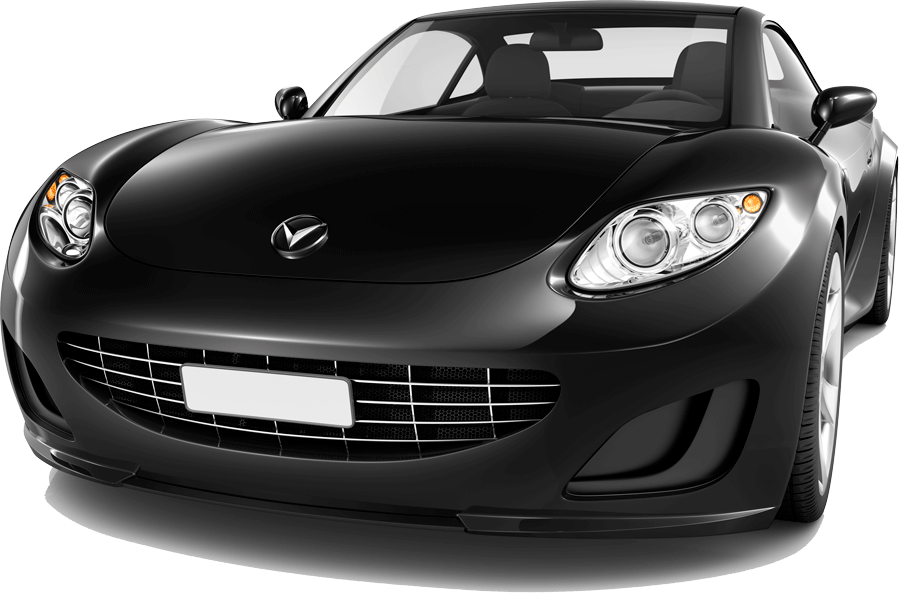Magnesium ingots are the lightest and strongest based on weight to density ratio. They are 75% lighter than steel, 60% lighter than titanium and 33% lighter than aluminum, all of which results in lower CO2 emissions in all uses.
The largest market for magnesium metal is aluminum alloying and die casting, comprising two thirds of magnesium metal use. Primary industry is automotive.


According to GM, there is a seven percent improvement in fuel economy for every 330 pounds reduction in a vehicle’s weight. That is why manufacturers have a mandate to make cars lighter and more fuel efficient.
Growth expectations vary depending on source. Projection is for huge growth.
Used on cars since 1920, the average light vehicle has about 10 pounds* of magnesium in its composition and that number is poised to triple by 2025, according to a forecast by Ducker
Worldwide, a Troy, Michigan, consulting and research firm.
88.5 MM* vehicles per year globally X 10 lbs X factor of three
(Ducker forecast for growth)
2025 AUTOMOTIVE Mg DEMAND: 2.66 billion lbs
A report from the United States Automotive Materials Partnership (a collaboration between car makers GM, Ford, and Chrysler) estimates that by 2020, 250 pounds of magnesium will replace 500 pounds of steel and 90 pounds of magnesium will replace 130 pounds of aluminum per vehicle, resulting in an overall 15% weight reduction.
88.5 MM* vehicles per year globally X 10 lbs X factor of three
(Ducker forecast for growth)
2025 AUTOMOTIVE Mg DEMAND: 2.66 billion lbs
* Source: U.S. Automotive Materials Partnership

All this lower weight and durability means that magnesium is ideal for the technological age.
No surprise then that more and more electronics manufacturers are using new lightweight magnesium alloys for their products. For example, did you know that Samsung has actually patented a new alloy called Metal 12, named so because Mg happens to be the 12th element in the periodic table?
Finding a safe compromise between low weight and high strength is critical when creating an aircraft.
Surprisingly, even the weight of the seats on an aircraft can make a huge difference in operating costs. One research scientist used 3D printing technology and magnesium metal to design a new aircraft seat, with eye popping results.
At just 766 grams, each individual seat frame is 54% lighter than the conventional aluminum seats in use today. So if an aircraft maker were to replace all 615 seats on its A380 jets with the new seat frames and did it across a fleet of 100 planes, about how much could be saved? The research suggests it would add up to a whopping $206,648,920 based on 2015 jet fuel costs. The fuel reduction also equates to a reduction of 126,000 tons of CO2 emissions over the same period. That’s the equivalent of removing 80,000 cars from the road for a year


Upon superficial examination, plastic can appear quite appealing, primarily because of the reduction in weight and the initial cost comparison. Upon closer inspection, however, those advantages quickly evaporate. Compared to die cast magnesium parts, plastic parts are often subject to dimensional stability issues, surface deterioration, fit issues due to temperature changes and a lack of rigidity. Die cast magnesium parts typically outperform plastics by delivering:

Imagine a car made entirely of die cast aluminum parts. Now imagine that exact same car made from die cast magnesium parts. The magnesium car would be 1/3 lighter in weight than its aluminum cousin. The magnesium die cast parts outperform aluminum ones in so may ways. The advantages include:


As standards for greater fuel economy tighten and automobile designs become more complex, steel simply cannot deliver on higher performance expectations. Lightweight magnesium requires far less energy during the entire die cast production process and designs can be far more elaborate without sacrificing strength. Tolerances are tighter and the fit and finish in the final product is vastly superior. The advantages magnesium offers over steel include: